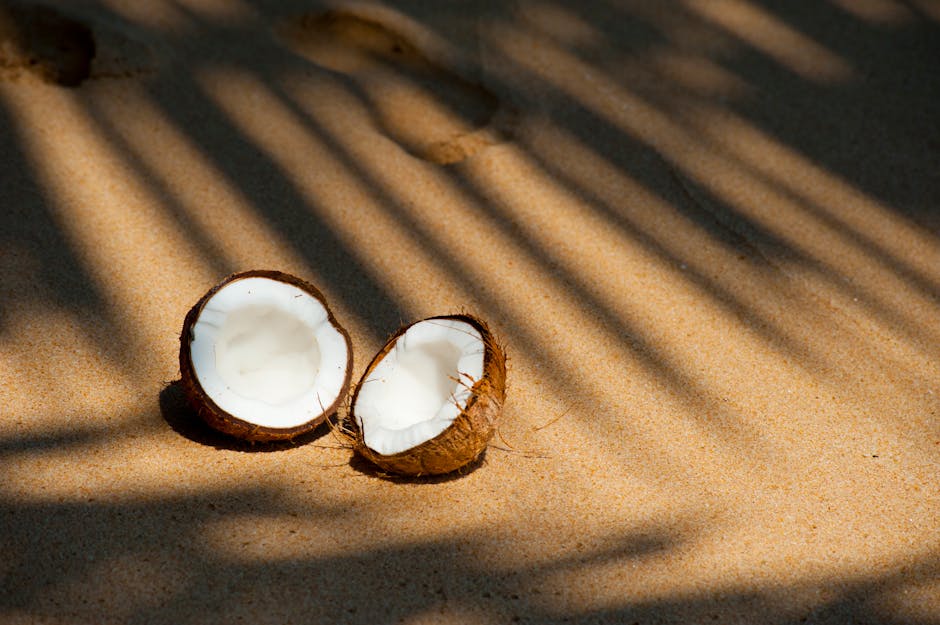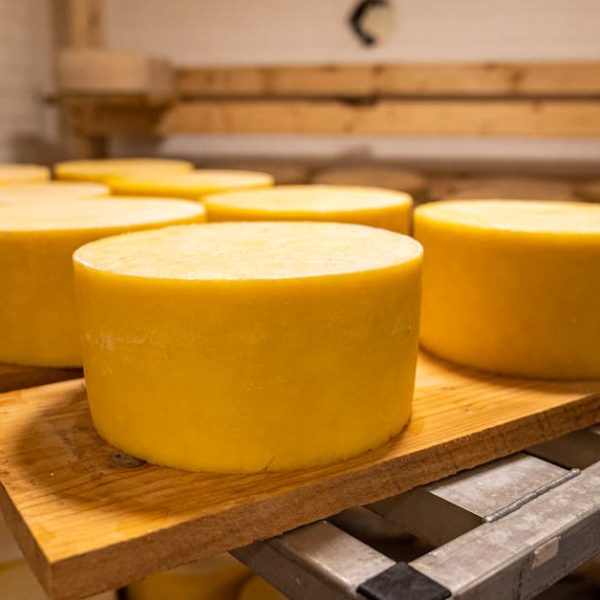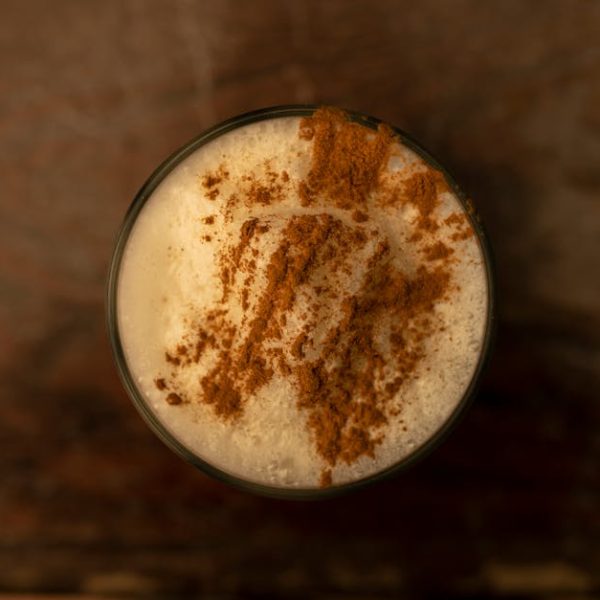Coconut milk is a delicious and versatile ingredient, popular in many cuisines around the world. Many households also utilize it as a non-dairy milk alternative. However, like any other food product, coconut milk has a finite shelf life that is influenced by several factors including packaging, storage conditions, and the product’s initial quality.
Canned coconut milk typically lasts longer than freshly made coconut milk due to the preserving processes involved in its production. An unopened can of coconut milk is generally fine to use for two to five years, depending on the brand and storage conditions. However, once you’ve opened the can, coconut milk should be consumed within a few days, to avoid spoilage.
Quick Facts about Coconut Milk Shelf Life:
- Unopened canned coconut milk: 2-5 years
- Opened canned coconut milk: 2-4 days
- Fresh homemade coconut milk: 2-3 days
How to Tell if Coconut Milk Has Gone Bad?
The signs of spoiled coconut milk are usually easy to spot. Changes in texture, color, or odor can all indicate that your coconut milk is no longer fresh. Fresh coconut milk has a pure white hue and a creamy texture. Sour smell, lumps, or a yellowish color indicate that it’s time to toss your coconut milk.
Ignoring these signs and using spoiled coconut milk can lead to unpleasant taste and, in some cases, foodborne illnesses due to harmful bacteria that may have grown.
Signs of Spoiled Coconut Milk:
- Sour or off-putting smell
- Lumps or curdled texture
- Yellowish color
Best Practices to Check Coconut Milk:
- Always smell the coconut milk before use
- Check the color and texture
- Discard it if you’re in doubt about its freshness
Proper Storage of Coconut Milk to Extend Its Shelf Life
Coconut milk, like most dairy products and alternatives, should always be stored in a cool, dark place when unopened. However, once the seal is broken, you need to keep it refrigerated. Make sure to use airtight containers or tightly resealed cans to prevent exposure to air and contaminants which could speed up spoilage.
Pro Tips for Storing Coconut Milk:
- Always refrigerate opened coconut milk
- Use within 2-4 days of opening
- Freeze coconut milk for prolonged storage
Preservation Techniques for Coconut Milk
There are several ways to extend the shelf life of your coconut milk. Each technique has its own pros and cons, and the choice of method really depends on how long you plan to store the milk and the culinary applications you have in mind for it.
You can freeze, refrigerate, or can coconut milk. Freezing is by far the best option for long-term storage and can extend coconut milk’s life by several months. Be aware, however, that the texture and consistency may change after thawing. Coconut milk that has been refrigerated should be used within a few days, while canning can also preserve coconut milk for longer periods but requires certain equipment and precautions.
Comparison of Different Preservation Techniques:
| Preservation Method | Pros | Cons |
|---|---|---|
| Freezing | Can significantly prolong shelf life; works well for bulk storage | Could change coconut milk’s texture and consistency; not suitable for immediate consumption |
| Refrigeration | Keeps coconut milk fresh for a few days; ready for immediate consumption | Not ideal for long-term storage |
| Canning | Extends shelf life; preserves original taste and texture | Requires certain equipment and knowledge; possible risk of botulism if improperly canned |
Safe Usage and Consumption of Coconut Milk
Just like with any other food product, you should always make sure to practice safe food handling and storage when dealing with coconut milk. While it’s fine to use coconut milk a few days after the best before date, it’s crucial to ensure it hasn’t spoiled before consuming.
Always remember, your safety is the priority – if you’re ever unsure about the freshness of your coconut milk, it’s better to throw it away and grab a fresh can.
Checklist for Safe Usage and Consumption of Coconut Milk:
- Check the best before date on the can
- Examine the milk for signs of spoilage
- Keep it refrigerated and used within a few days after opening
- Do not consume if it smells off, has lumps or has turned yellowish in color
Best Practices for Food Safety:
- Keep your coconut milk and all food products stored at appropriate temperatures
- Always wash your hands and cooking utensils properly before handling food
- Avoid cross-contamination by using different cutting boards and knives for different food products
- When in doubt about a food’s freshness, it’s always safer to dispose of it.
Key Takeaway:
- The shelf life of coconut milk is primarily affected by packaging, storage conditions, and the quality at the time of production.
- Unopened canned coconut milk has the longest shelf life, from 2-5 years, while opened canned and fresh homemade coconut milk should preferably be consumed within a few days.
- Signs of spoiled coconut milk include a sour smell, lumps or a curdled texture, and a yellowish color.
- Proper storage, such as refrigeration or freezing, can significantly extend the shelf life of coconut milk, with each preservation method having its own pros and cons.
In conclusion, understanding and properly managing the shelf life of coconut milk will not only save you money, but it is also a fundamental practice for food safety. Always trust your senses – if the coconut milk seems off in any way, it’s best to discard it.
FAQs
Q: How can I extend the shelf life of homemade coconut milk?
A: Refrigeration is the most effective method for short-term storage, while freezing can extend its usability for several months. Always ensure to store it in an airtight container.
Q: What are some ways to use leftover coconut milk before it goes bad?
A: Leftover coconut milk can be added to smoothies, soups, curries, or baked goods. You may also freeze it in ice cube trays for later use.
Q: Can I use coconut milk past the ‘best before’ date?
A: The ‘best before’ date is more of a quality guideline rather than a hard limit. You can safely consume the coconut milk a few days past this date, given it has been stored properly and shows no signs of spoilage.
Q: How does freezing affect the texture and taste of coconut milk?
A: Freezing can slightly alter the texture and consistency of coconut milk. Upon thawing, some separation might occur, but it can still be used in cooking.
Q: Is it safe to consume coconut milk that has slightly changed in color?
A: Any change in color can be a sign of spoilage. It’s best to err on the side of caution and discard the milk.
The key to enjoying coconut milk while maintaining food safety is awareness and proper handling. Don’t forget to share this article with others and explore more posts for useful insights.






